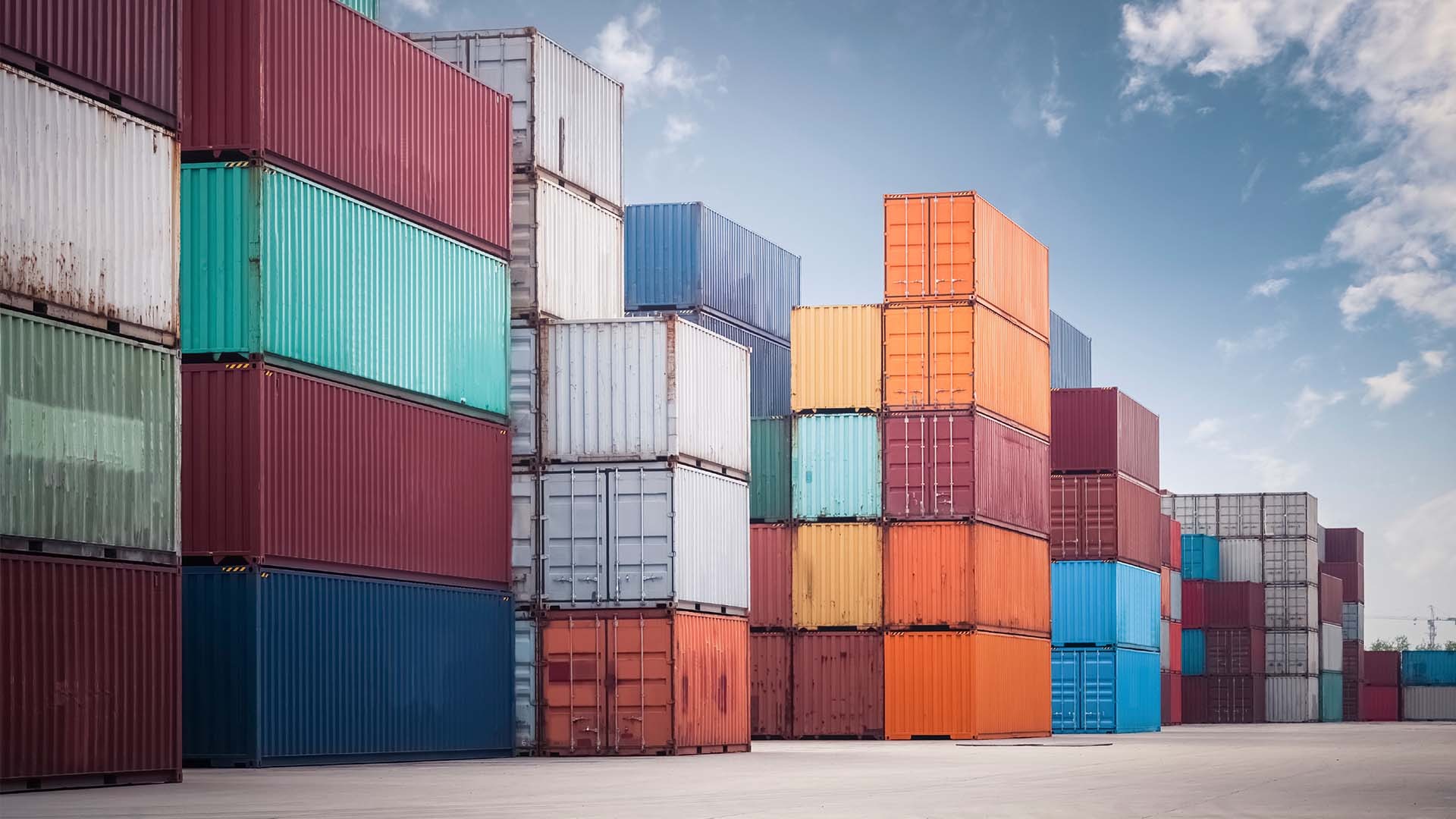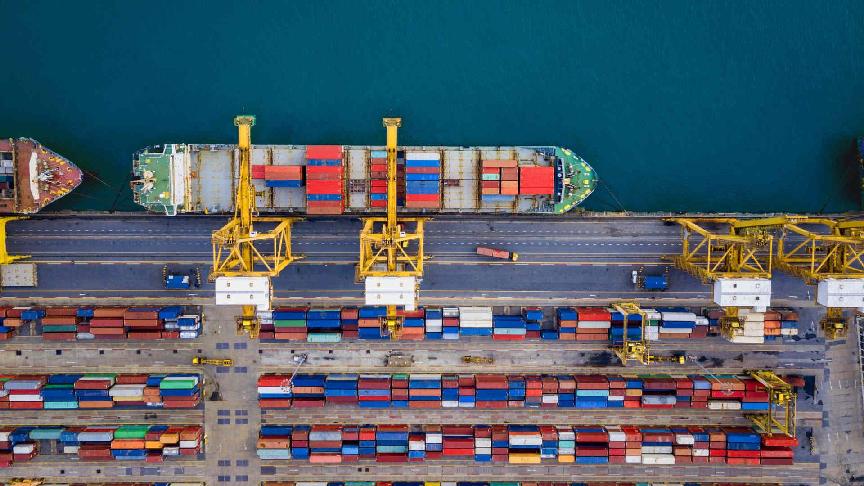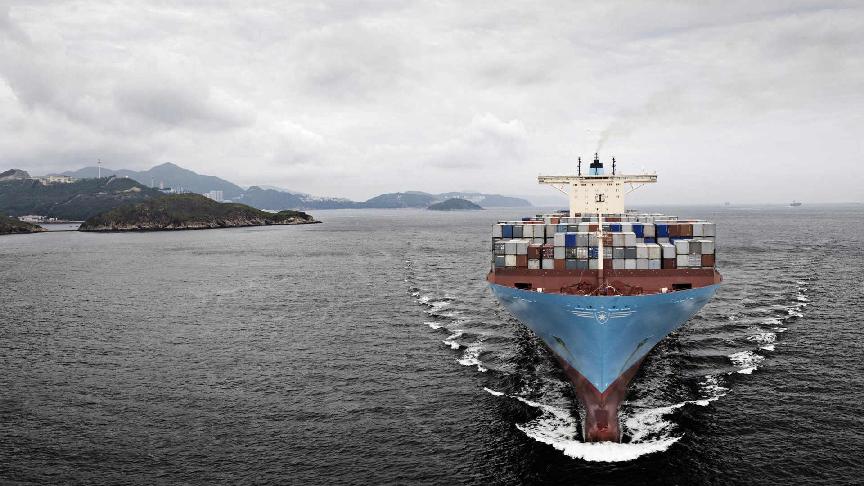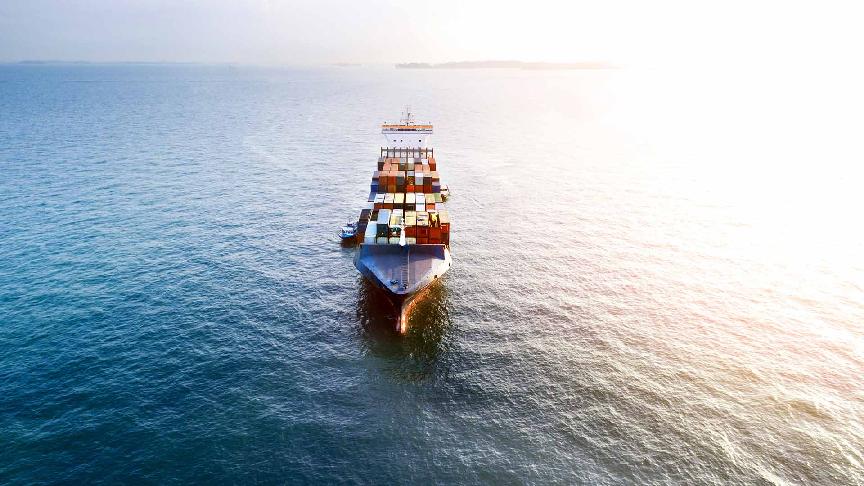The high yard utilisation levels seen recently at key container ports in the North of Europe are attributed to “a growing mismatch” between available capacity and demand, according to a new analysis by the Journal of Commerce (JOC).
This mismatch has been one of the reasons for the vessel turnaround delays and congestion seen throughout this year.
Maersk CEO Vincent Clerc highlighted the issue during a second-quarter earnings call, stating, "There is a general undercapacity in ports in Europe where we’re starting to feel more and more points of congestion that are impeding the networks."
Clerc explained that terminal capacity has been added at a slower pace than market growth over the past 15 to 20 years.
The port of Antwerp-Bruges, Europe's second-busiest container port, reported in its July first-half results that marine terminals were under "heavy strain" with critically low landside space.
Other factors, such as the deployment of larger vessels on mainline routes, are also contributing to the congestion, as they increase the average container exchange and generate higher cargo peaks at terminal yards.
The continued reroute around Africa to avoid a Houthi attack in the Red Sea remains a key factor as well.
According to the JOC, restricted landside transport capacity is an additional cause of bottlenecks, with low water levels on the Rhine limiting barge capacity and poor rail capacity and reliability.
Impact on the Asia-Europe trade
Persistent congestion at ports on the Asia-Europe route is tying up much of the available shipping capacity, leading to fewer sailings and delays as vessels spend extended periods at terminals.
Michael Aldwell, Board Member, Sea Logistics at Kuehne+Nagel, told JOC that capacity reductions have been between 15% and 20% on both Asia-North Europe and Asia-Mediterranean lanes for the last two months.
“The reduction in capacity is a combination of where there are still not enough vessels to entirely cover the Cape of Good Hope routing, the replacement of larger vessels with smaller ones [on the trans-Pacific eastbound and Africa trade], and the European port congestion, which started in February and which indeed does not show sign of improvement,” said Aldwell.
Experts further highlight that vessels are staying longer at ports due to berth delays and slower cargo handling, which has an obvious impact on vessel reliability.
Kuehne+Nagel's seaexplorer Schedule Reliability Report for July shows that the Asia-Mediterranean/Black Sea and Asia-North Europe lanes experienced the sharpest month-on-month declines, dropping by 15.8 and 13.3 percentage points, respectively.
The overall on-time performance of the month fell to 55.2%, marking a 2.4 percentage point drop compared to June.







